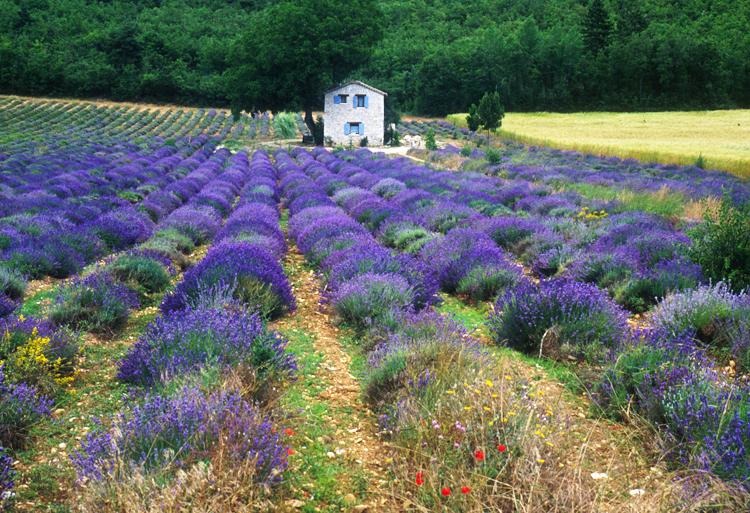Not too long ago the aromatherapy industry was a conglomerate of what one would colloquially call mom and pop businesses. With the advent and success of the Multilevel Marketing companies this has thoroughly changed. Aromatherapy now has a full size corporate aspect. Of course I am aware that there is a lot of criticism going around and different individuals find fault with this or that aspect of the MLM giants. But in all honesty, if we are serious about helping more individuals to take responsibility for their own health by means of essential oils – and other forms of plant and natural healing – then the MLMs are wildly successful.
There are other aspects that seem more worrisome to me than whether or not a specific form of application is considered appropriate or not. While natural goes mainstream, the big question is, is it sustainable?
A large proportion of essential oils used by the conventional industrial buyers (food, detergents, etc) is being helped along by the infinite wisdom of the wizards in the chemistry labs. In other words conventional industrial users are interested in consistent quality and odor profile, not so much in pure and natural. But of course those supplying to aromatherapy users are.
If, for simplicity’s sake we stay in North America, it is easy to verify that large segments of the population lead a so-called pro-inflammatory lifestyle. It is not surprising that many who turn to aromatherapy suffer from conditions related to chronic inflammation in many different ways and end up gravitating towards anti-inflammatory essential oils.
And this brings us to the question of sustainability. As many of you are probably aware of some of the more specialized anti-inflammatory essential oils are distilled from plant material collected in the wild. Tanacetum annuum and Ericephalus punctulatus have vanished from the lists of the producers. Whether or not the wild crops will be sufficient to provide for a growing demand or whether cultivation is a possible answer is hard to predict.
Looking at the old fashioned German Chamomile might be instructive. Because of its popularity and high price point German Chamomile has been cultivated in regions where it was not originally native. The composition of German Chamomile from Egypt and Nepal is such that they never became very popular. The trade buys them because they are much less expensive than the oils originating from central Europe with its moderate climate. In the Egyptian and Nepalese provenance the concentration of (-) alpha bisabolol is very low compared to the European oils. Instead they contain more bisabolol oxides A and B as well as bisabolone. Summing up, it appears that German Chamomile could probably well serve as a stand in for the Eriocephalus punctulatus and the Tancetum annuum oils, as long as the powerfully anti-inflammatory and antiallergic European (or German) varieties are chosen.
Another essential oil with powerful anti-inflammatory properties is also becoming increasingly scarce, Helichrysum italicum. Prices in Europe have reached new levels and Helichrysum is now twice as expensive as it was 5 or six years ago. Given its use in an international line of cosmetics (see post below) different attempts have been made to cultivate this precious Everlast, however, the ultimate success of these efforts remains to be seen.

Kurt Schnaubelt, Ph.D.
Home of Dr. Kurt Schnaubelt's Personal Blog